Asparagus haricot is an annual herbaceous plant. Legume not only gives a large number of nutritious fruits, but also enriches the soil with nitrogen, maintaining its fertility. Growing and caring for asparagus beans does not take much time if planted correctly, determining the most suitable breeding method for the agroclimatic zone.
Content
Description and Characteristics of Asparagus Beans
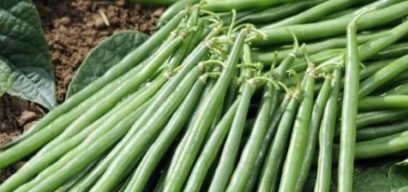 The view owes its name to the taste of the fruit, resembling asparagus. In appearance, the variety is very similar to ordinary beans, which can be seen in the photo. But unlike the latter, it has very soft pods, without films and coarse fibers. In the fruiting phase, bushes of different species are distinguished by the shape of the pods: in asparagus beans they are narrowed, oblong.
The view owes its name to the taste of the fruit, resembling asparagus. In appearance, the variety is very similar to ordinary beans, which can be seen in the photo. But unlike the latter, it has very soft pods, without films and coarse fibers. In the fruiting phase, bushes of different species are distinguished by the shape of the pods: in asparagus beans they are narrowed, oblong.
The main characteristics of the culture:
- plant structure - bushy, half-climbing, climbing;
- fruit color - green, yellow, purple and red;
- the shape of the pods is narrow, quite elongated;
- low light requirements - many varieties develop well in partial shade and on the north side;
- inflorescences - due to the decorativeness of flowers, some hybrids, especially curly ones, are used for landscaping the garden.
Regions of growth
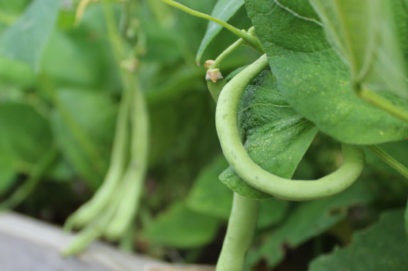 Mention of the cultivation of asparagus beans in Europe dates back to the 16th century. Before that, it was grown in South and Central America. The indigenous population of these regions believed that beans have healing properties. Decoctions with its use were widely used in cosmetology.
Mention of the cultivation of asparagus beans in Europe dates back to the 16th century. Before that, it was grown in South and Central America. The indigenous population of these regions believed that beans have healing properties. Decoctions with its use were widely used in cosmetology.
In Russia, asparagus beans decorated arbors and decorated front gardens, flower beds, considering it an exclusively decorative culture. They only started using asparagus as food in the 18th-19th centuries. Currently, crops are cultivated almost everywhere, using different methods of cultivation: in the southern regions they are cultivated with the help of seedling, and in cooler ones through seedlings.
Open sowing
Before embarking on a sowing campaign, you must first determine the most suitable place, prepare the soil. In addition, seed should be soaked in advance for better germination.
Site Requirements
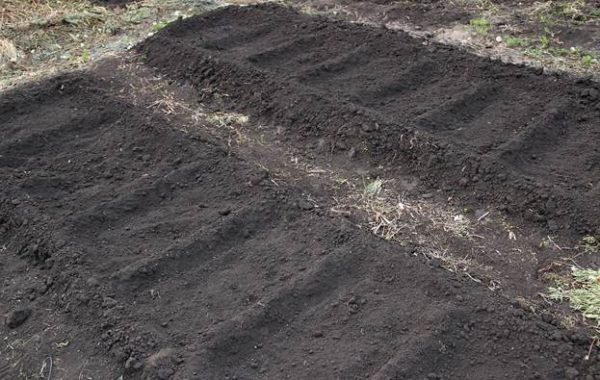 For heat-loving culture, solar beds are selected, but asparagus beans can also be grown in areas with little shading. It develops well on chernozem soils with a neutral reaction. It’s worth starting the preparation of the soil since the fall by adding organics for digging. Subject to simple rules, growing asparagus beans will not cause much trouble, but planting will please an abundance of delicious and nutritious beans.
For heat-loving culture, solar beds are selected, but asparagus beans can also be grown in areas with little shading. It develops well on chernozem soils with a neutral reaction. It’s worth starting the preparation of the soil since the fall by adding organics for digging. Subject to simple rules, growing asparagus beans will not cause much trouble, but planting will please an abundance of delicious and nutritious beans.
The combination of asparagus beans with other plants
The best bean predecessors are potatoes, eggplant, cabbage and carrots.It is not recommended to set aside a plot for planting on which onions, garlic and peas were cultivated last season. If beans were growing on the territory, then it should be allowed to rest for 3-4 years until the return of this crop.
Shrub form is often placed in the rows of potatoes and cabbage. For curly be sure to establish a support.
Preparing seeds for planting in open ground
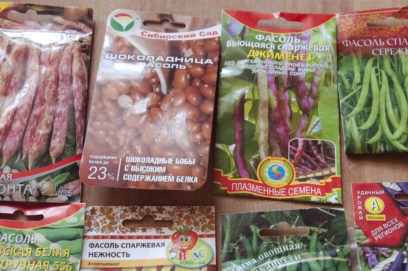 Dry seed can be sown on beds. But to get more friendly seedlings, it is prepared in advance. Seeds are soaked in a solution of potassium permanganate, which helps to destroy possible pathogenic organisms. In addition, when kept in a liquid unfit seeds will emerge. Sowing material is washed with running water and dried with paper towels.
Dry seed can be sown on beds. But to get more friendly seedlings, it is prepared in advance. Seeds are soaked in a solution of potassium permanganate, which helps to destroy possible pathogenic organisms. In addition, when kept in a liquid unfit seeds will emerge. Sowing material is washed with running water and dried with paper towels.
You can additionally germinate the seeds:
- Take a dessert plate and cover with a layer of gauze.
- Seed is distributed over it, which is covered with a layer of tissue.
- The contents of the dishes are poured with a solution of a growth stimulator with water.
- A day later, they begin to sow.
 You may be interested in:
You may be interested in:How to sow seeds in open ground
During the autumn preparation of soil in the garden, when it was previously enriched with nutrients, it is enough to loosen the soil and proceed to sowing. The optimal period is when the soil at a depth of 10 cm warms up to 12-15 ° C.
The main stages of sowing:
- Grooves are made on the site, which are shed with clean water.
- 2 beans are laid out with an interval of 20 cm.
- The distance between the grooves is left within 40 cm.
- Seeds are closed depending on the type of soil: for light, the seeding depth is 5 cm, for loamy ones - 3-4 cm.
- The soil is slightly compacted with your hands and watered, which will prevent the formation of air holes near the beans.
In cooler areas where there is a risk of freezing frost, it is recommended to build a frame over the crops and stretch the film.
Seedling propagation method
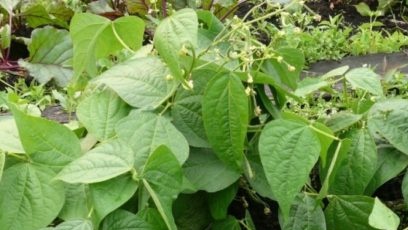 In order to get a good crop and in due time, in the northern regions they prefer growing from seeds through seedlings.
In order to get a good crop and in due time, in the northern regions they prefer growing from seeds through seedlings.
Capacity selection
Sowing can be carried out in a container for seedlings, but when transplanted to beds, fragile roots can be damaged. Less experienced gardeners are better off using peat cups. In this case, planting asparagus bean seedlings in open ground will be painless for plants. They take root quickly, easily breaking the biodegradable shell of containers.
Dates and technology of sowing
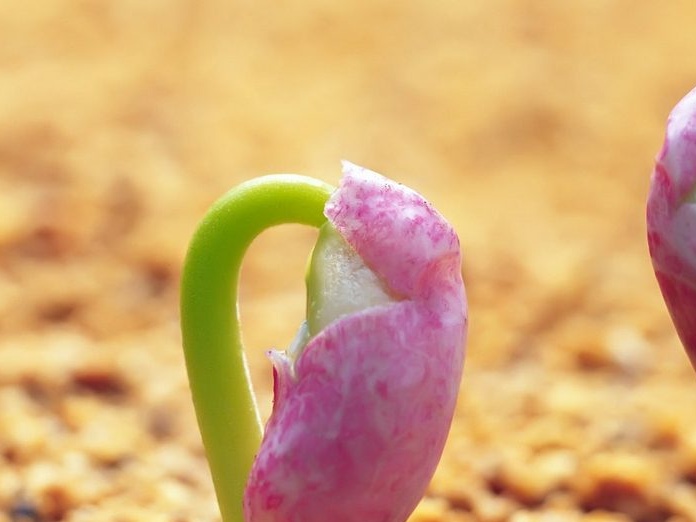 You may be interested in:
You may be interested in:It is advisable to start forcing seedlings a month before the date when they plan to plant seedlings in open ground. The timing also affects the ripening period of a particular variety. On average, they fall on the 20th of April.
Step-by-step sowing instructions:
- Tanks are prepared: they are filled with a substrate from soddy soil, compost and river sand, and some mineral agrochemicals are also added.
- Soil moisturize.
- Change is soaked in a pink solution of manganese.
- Sow 1-2 beans in a recess up to 4 cm.
- Crops are placed in a bright, warm room.
- To create a greenhouse effect, the container is covered with glass, which is removed after emergence.
Seedling care
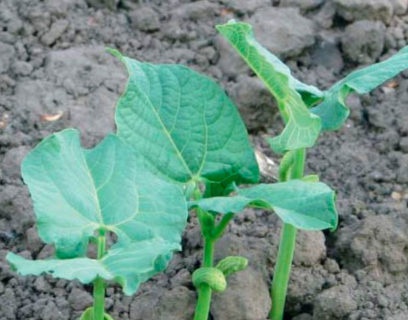 After the emergence of sprouts, the optimal irrigation regime should be established so that the soil is always moist. However, moisture stagnation must not be allowed. In order not to form a crust, after drying of the upper layer, the substrate should be loosened.
After the emergence of sprouts, the optimal irrigation regime should be established so that the soil is always moist. However, moisture stagnation must not be allowed. In order not to form a crust, after drying of the upper layer, the substrate should be loosened.
If sowing was carried out in a fertile soil mixture, the seedlings grow perfectly and without fertilizing. A week before planting in the garden, the seedlings are tempered, taking out to the street for a day. Only strong seedlings are left as planting material.
Growing Asparagus Beans in a Greenhouse
In areas of risky farming, they often prefer the cultivation of asparagus beans not in open ground, but closed. This allows you to get strong plants and an early harvest. Curly-shaped asparagus beans are more popular due to space saving.
The timing of sowing beans in a greenhouse falls at the end of winter and the beginning of spring. When sowing in February, additional illumination should be arranged so that daylight hours are not shorter than 12 hours. Previously, wire strings are stretched along future landings - trellis is prepared. Then you can begin to fill the shelves with soil (20 cm layer). The sowing pattern and seeding depth is similar to the parameters as for garden beds - 20 x 50 cm and 3-4 cm, respectively.
Crop care
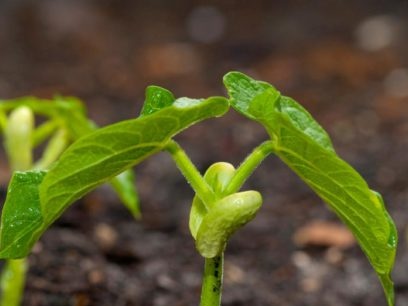 Asparagus beans can be grown in many ways - even at home. However, to achieve the yield indicators declared by the initiators, a comprehensive care of the legume crop should be carried out. Key activities include systematic hydration, supplemental nutrition, loosening, weeding, and inspecting plantings for harmful organisms.
Asparagus beans can be grown in many ways - even at home. However, to achieve the yield indicators declared by the initiators, a comprehensive care of the legume crop should be carried out. Key activities include systematic hydration, supplemental nutrition, loosening, weeding, and inspecting plantings for harmful organisms.
Watering
Beans are a moisture-loving culture. It should be watered abundantly, but in moderation. Excessive moisture can cause fungal infections. Beans are watered under the root in the morning or evening.
Soil treatment
Aisles and trunk circles should be kept clean. Often weeding is combined with cultivation, which is carried out after irrigation or precipitation. By providing better aeration, you can get a larger crop. To reduce the evaporation of moisture and increase the interval between loosening, weeding, the soil under the plants is mulched. As the mulching material, peat or sawdust is used.
Fertilizer and fertilizing
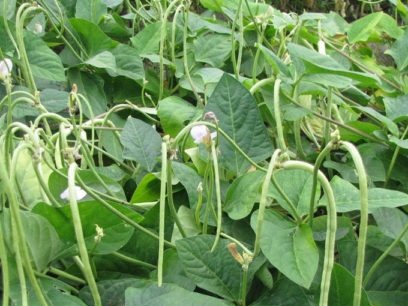 When planting in fertile land, one feeding is enough. It is carried out in the phase of the formation of the ovary. The optimal composition of the nutrient complex is phosphorus and potassium. To get it, you can mix superphosphate and potassium sulfate, and then dissolve the powder mixture in water.
When planting in fertile land, one feeding is enough. It is carried out in the phase of the formation of the ovary. The optimal composition of the nutrient complex is phosphorus and potassium. To get it, you can mix superphosphate and potassium sulfate, and then dissolve the powder mixture in water.
We fight diseases and pests
More often, difficulties in the cultivation of beans occur due to violations of organizational and economic and agricultural measures. In the first case, if you plant a bean crop in the same area as last year, without observing crop rotation, it can be infected with specialized diseases and pests. Their stock has accumulated since the previous season.
Of the diseases, powdery mildew and gray rot are isolated, and from pests, aphids and sprout fly. Diseases are often caused by an excess of moisture. The irrigation regime should be normalized. Sprout flies more often populate seeds, which must be disinfected with a potassium permanganate solution before sowing.
Harvesting and storage
Asparagus beans produce crops in waves: pods can be removed until the frost. The main thing is not to miss the optimal phase of milk ripeness, when the shoulder blades and beans are soft, juicy. Check if the time has come, you can puncture the pod. Beans should be soft.
Fresh harvested crops are stored in the refrigerator, but not for long.It is better to freeze it immediately or use it for its intended purpose. You can leave in the refrigerator only the part from which the hostess plans to cook dishes in the near future.
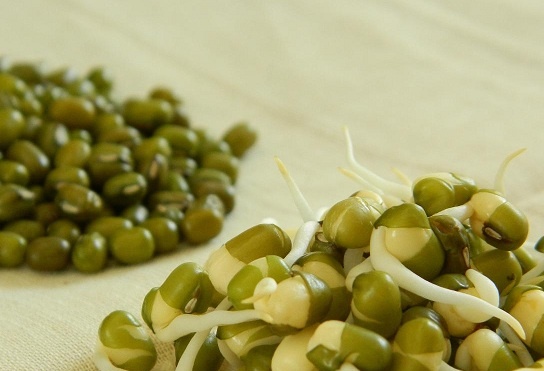 You may be interested in:
You may be interested in:Planting and caring for asparagus beans in open ground or a greenhouse are simple because the crop is quite undemanding. With all the advantages of cultivation, it still enriches the soil with nitrogen and gives an abundant crop of nutritive blades and beans.

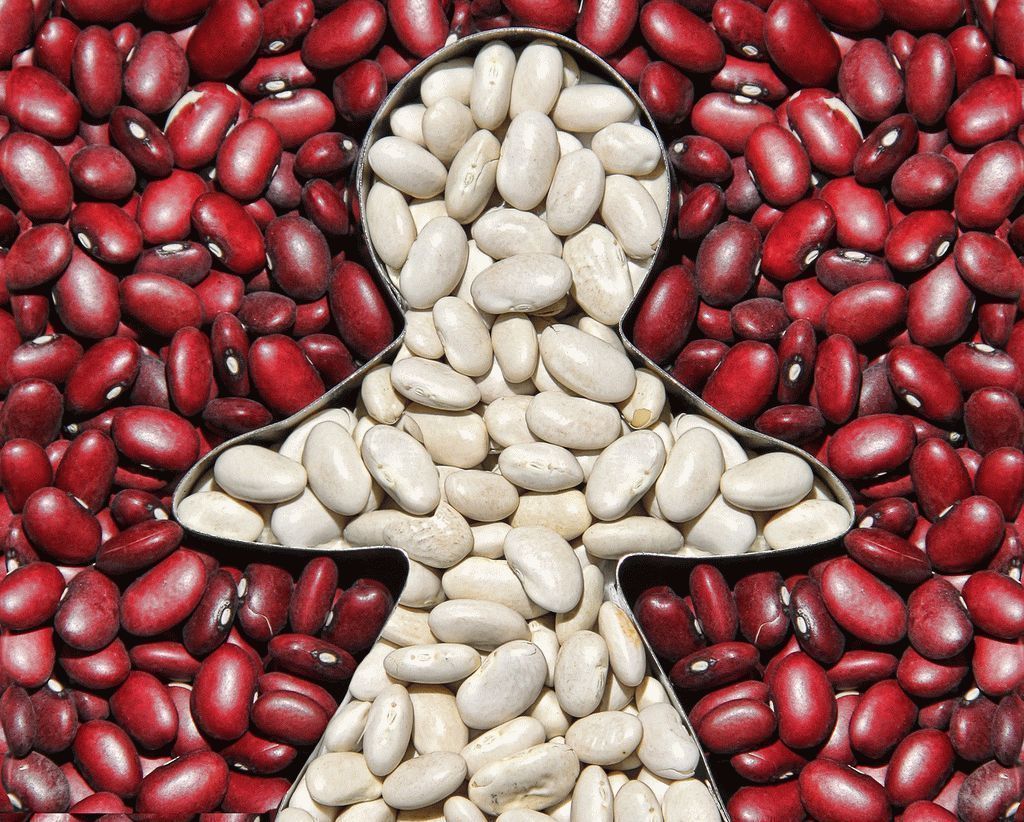
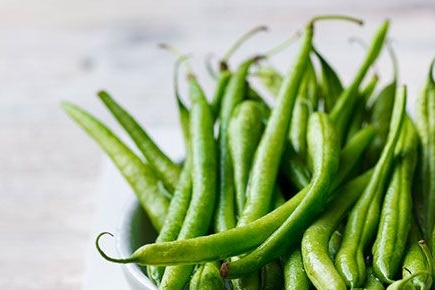
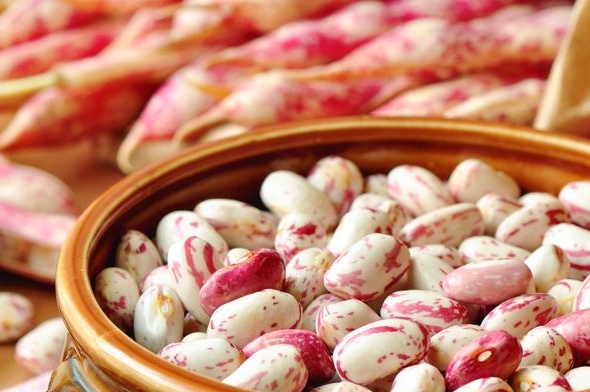
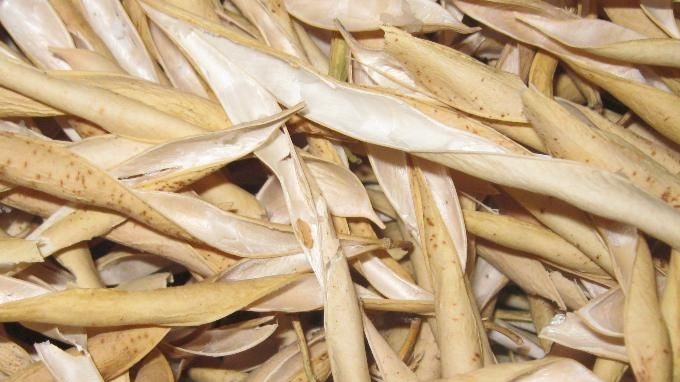 Bean flaps: useful properties, contraindications, benefits and harms
Bean flaps: useful properties, contraindications, benefits and harms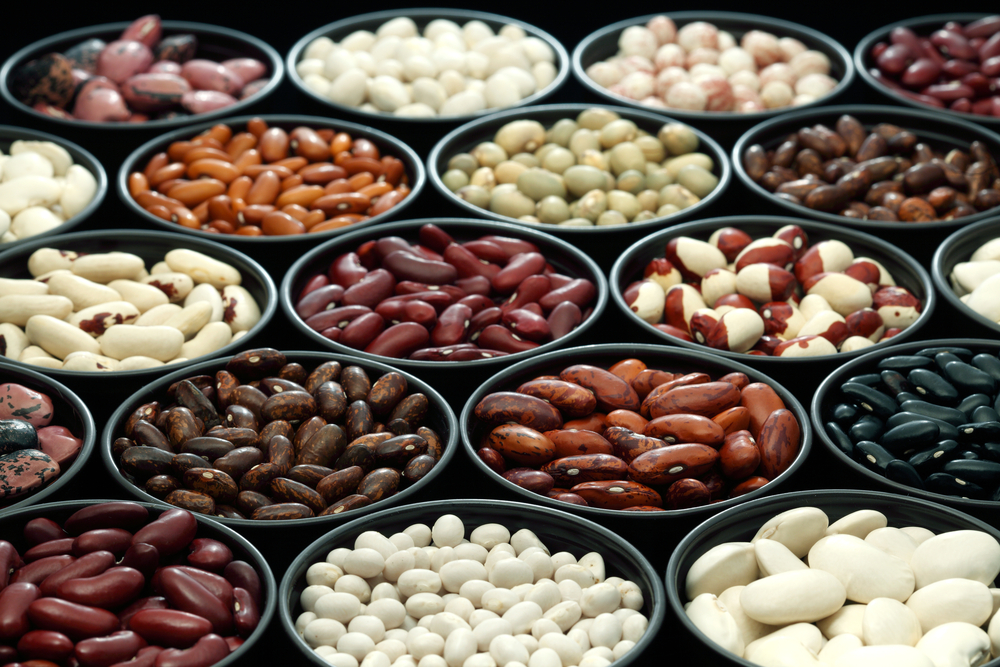 Beans for the body: composition, benefits, contraindications
Beans for the body: composition, benefits, contraindications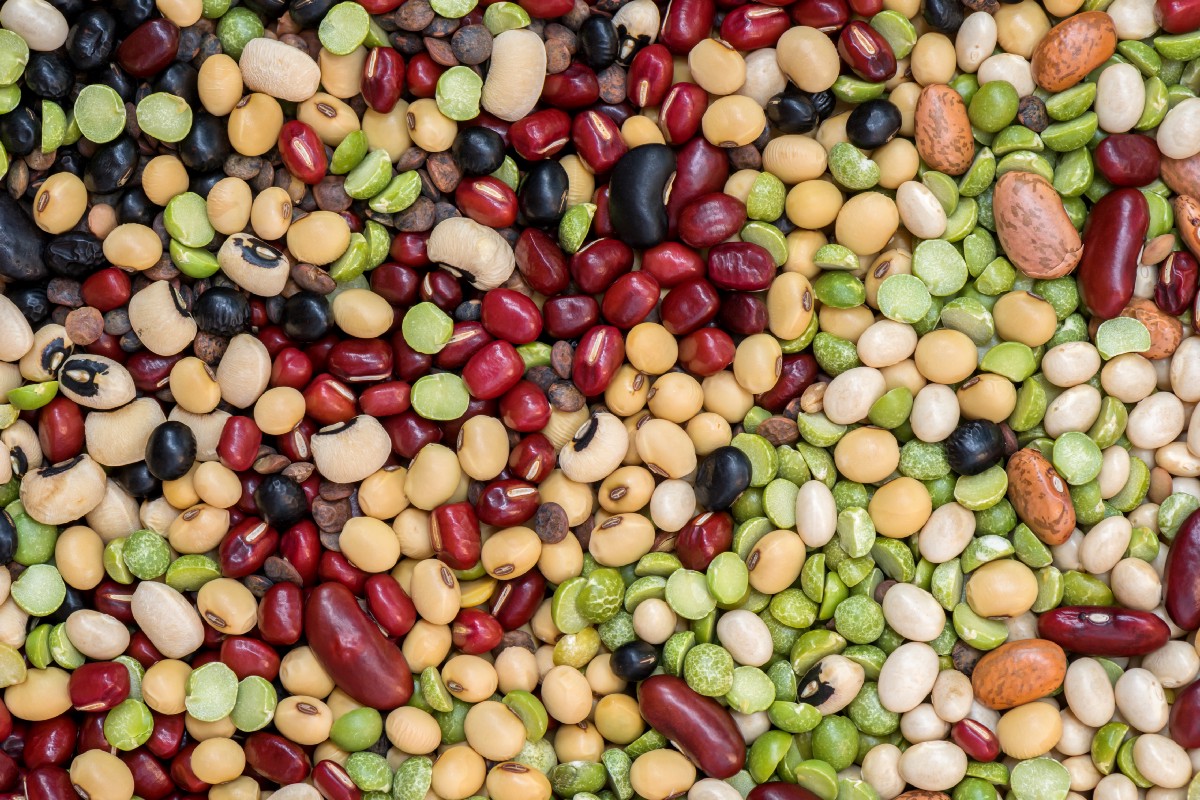 Types and varieties of beans: their name, description and photo
Types and varieties of beans: their name, description and photo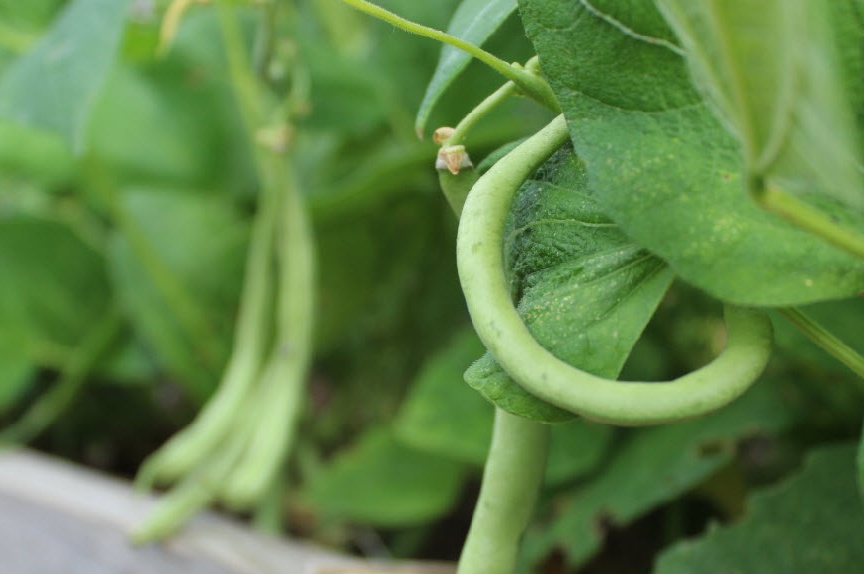 Description and photos of popular varieties of asparagus beans
Description and photos of popular varieties of asparagus beans